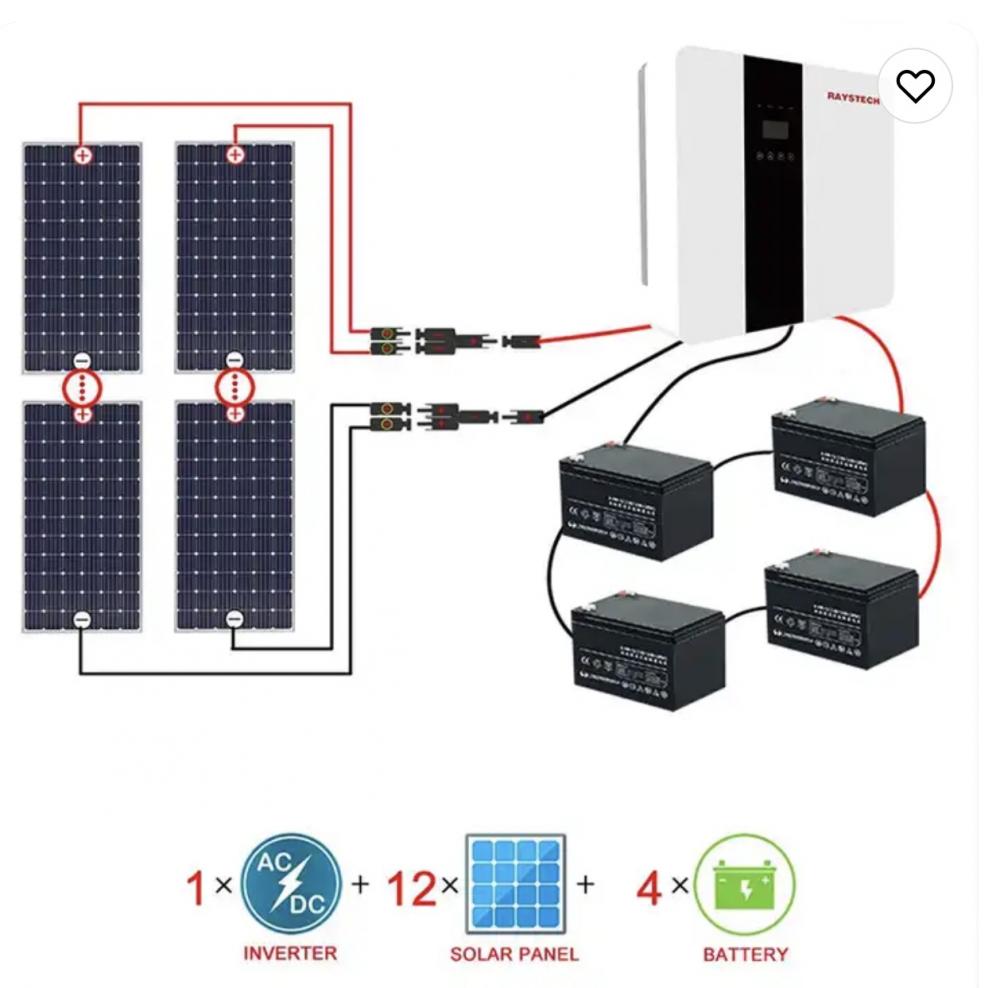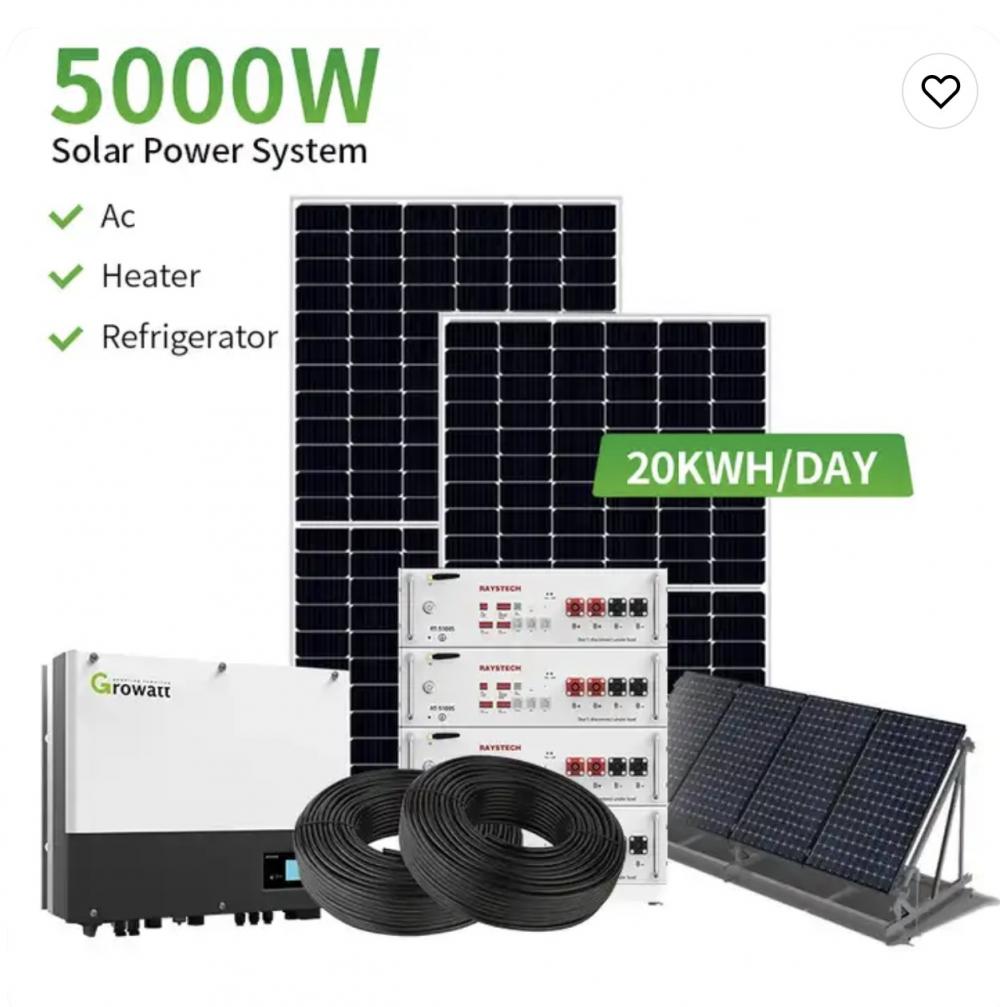**1. Overview of Current Vector Signal Analyzer Calibration Methods**
At present, the most commonly used method for calibrating a vector signal analyzer (VSA) involves the use of a standard vector signal source. This approach is simple and user-friendly, but it has limitations in terms of accuracy, stability, and repeatability, as the quality of the "standard source" can vary significantly.
In contrast, leading metrology institutions such as Germany’s PTB, the UK’s NPL, and the US’s NIST employ high-speed sampling oscilloscopes combined with multi-carrier signal sources. These systems synchronize time and phase using triggering devices, allowing for precise calibration by calculating oscilloscope samples through software. The calculated values serve as a reference for amplitude and phase parameters, enabling accurate metering and calibration of the VSA.
While this method offers traceability to power levels, time, and frequency, it also presents challenges. Oscilloscopes have limited frequency ranges, higher uncertainties, and synchronization delays that can introduce significant phase errors in microwave measurements. Additionally, the system complexity increases the overall uncertainty, making it less ideal for certain applications.
**2. The Calibration Technique Proposed in This Paper**
This paper introduces a novel calibration technique based on the continuous wave frequency offset (CWO) method. It enhances the measurement accuracy of analog modulation signal analyzers by addressing residual errors.
a. **Continuous Wave Frequency Offset Method**: This method measures carrier frequency error, power error, and residual error in vector signal analysis, which reflects the noise floor of the VSA when demodulating various signals.
b. **Continuous Wave Frequency Offset with Analog Modulation**: This technique calibrates and verifies the accuracy of error vector magnitude (EVM), amplitude error, and phase error in vector signal analyzers.
c. **Multi-Carrier Method**: This method focuses on calibrating and verifying the magnitude accuracy of I/Q offset (carrier leakage) in the vector signal analyzer.
**3. Quantitative Definitions**
**3.1. I/Q Signal**
An I/Q signal represents a signal in a Cartesian coordinate system using two orthogonal components: In-phase (I) and Quadrature (Q). The I component corresponds to a cosine signal, while the Q component corresponds to a sine signal, 90 degrees out of phase. Together, they describe the amplitude, phase, and frequency of a signal.
**3.2. Error Vector Magnitude (EVM)**
The EVM is the difference between the actual measured signal and an ideal reference signal. It is typically expressed as a percentage of the reference signal’s amplitude. This metric is crucial for evaluating the performance of digital modulated signals.
**3.3. Amplitude Error**
Amplitude error refers to the deviation between the actual measured signal and the ideal reference signal. It is usually expressed as a percentage of the reference signal’s amplitude.
**3.4. Phase Error**
Phase error is the difference in phase between the actual measured signal and the ideal reference signal. It is a critical parameter in assessing the integrity of a modulated signal.
**3.5. Origin Offset**
Origin offset is the distance between the origin of the actual measured signal and the ideal reference signal. It is often expressed in decibels (dB) relative to the reference signal’s amplitude.
**3.6. I/Q Imbalance**
I/Q imbalance includes both amplitude (gain) imbalance and phase (orthogonal) imbalance. These imbalances can distort the constellation diagram and affect the accuracy of signal demodulation.
**3.7. Carrier Frequency Error**
Carrier frequency error is the difference between the actual measured signal frequency and the ideal reference frequency.
**3.8. Average Power**
Average power is the mean power level of the actual measured signal over a given period.
**4. Continuous Wave Frequency Offset Method (CWO)**
**4.1. Scope of Application**
This method is designed to measure and evaluate the residual intrinsic errors of a vector signal analyzer during demodulation. It applies to digital modulation schemes such as MSK, PSK, and QAM. It is used for calibrating the following parameters: frequency error, power level error, residual EVM, residual amplitude error, residual phase error, I/Q origin offset (carrier leakage), residual I/Q imbalance, residual gain imbalance, and residual phase imbalance.
**4.2. Metrology and Calibration Equipment**
The required equipment includes an RF microwave signal generator capable of providing a suitable frequency range. The calibration is traceable to standard parameters such as frequency and power.
**4.3. Principle of Continuous Wave Frequency Offset (CWO)**
The CWO method aims to generate a calibration signal that aligns with the digital demodulation standards of the VSA. By adjusting the I/Q phase difference corresponding to the frequency offset between the calibration signal and the VSA’s center frequency, accurate I/Q vector diagrams and constellation points are obtained.
For modulation types like MSK, PSK, and QAM, the constellation diagrams consist of N symmetric points centered around the origin, all with equal amplitude. These are referred to as target constellation points. The calibration signal is generated from a signal source that is traceable to frequency and power, ensuring that the input RF signal is a continuous sine wave with a known frequency offset Δf relative to the VSA’s center frequency.
Solar Engergy System
Solar energy system, off gird pv system, grid pv system, solar power system, Solar Panel system, on grid solar system, grid tied solar system,20kw solar system
Solar energy system include Solar photovoltaic system: 1. Off grid photovoltaic system mainly consists of solar modules, controllers, and batteries. To supply power to AC loads, it is also necessary to configure an AC inverter. 2. Grid connected photovoltaic power generation system. 3. Distributed photovoltaic power generation system. Distributed power generation or distributed energy supply.
|
solar cell type
|
mono crystalline, half cut cell
|
|
solar energy pv system include
|
on grid system, off grid system, hybrid system
|
|
solar configuration
|
solar panel, inverter, battery, bracket cabels, mc4 connector
|
|
|
Product details and pic


Solar Engergy System,Gird Solar Power System,Pv System For Carport,Energy System Off Grid Solar System
PLIER(Suzhou) Photovoltaic Technology Co., Ltd. , https://www.pliersolar.com

